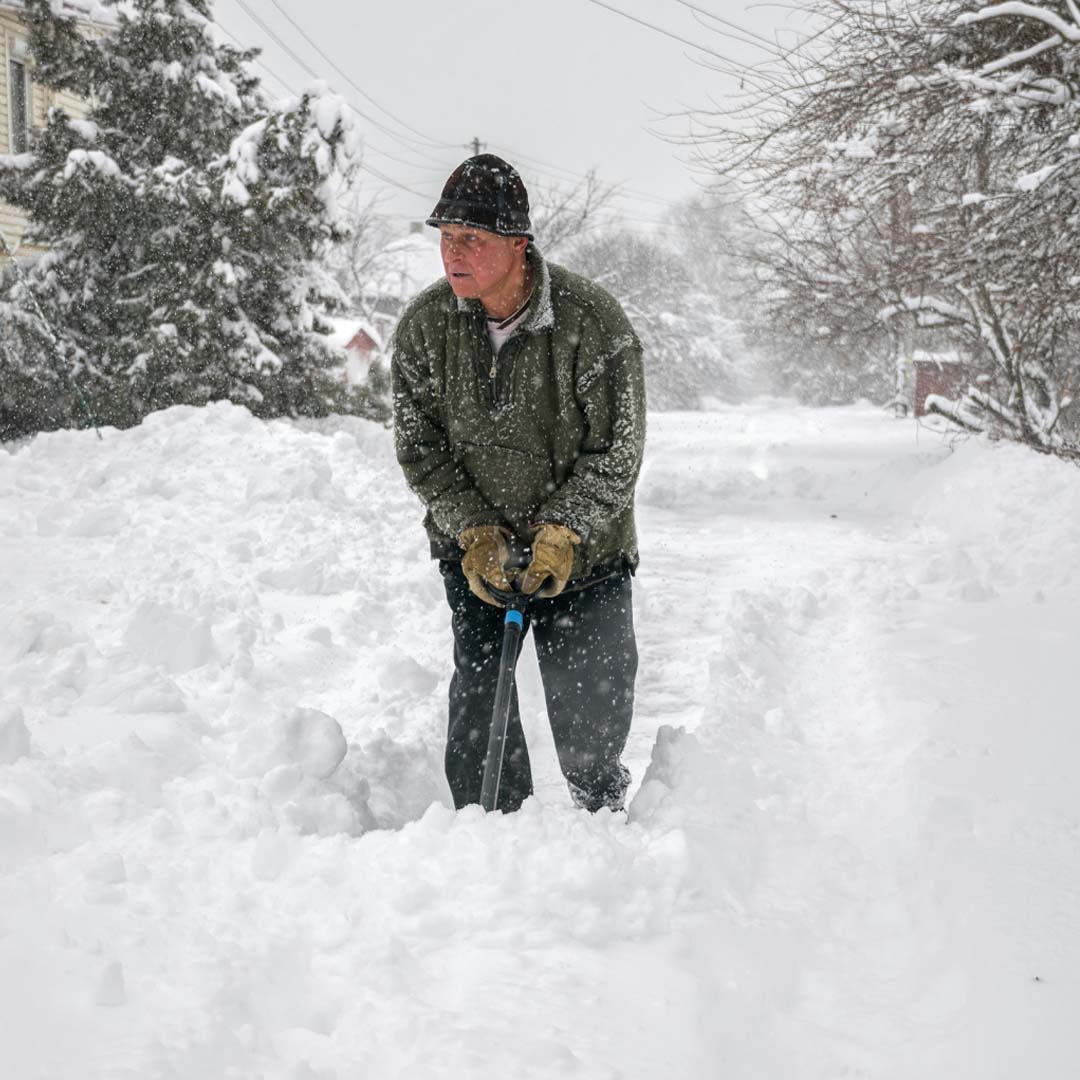Snow Removal for Whitehorse Canada Real Estate
Moving to Whitehorse means getting familiar with winter. Not just the beauty of it, but the responsibility that comes with it as a homeowner. We get a lot of snow, so it’s important to stay on top of its removal. Snow and ice are a big part of everyday life here in the winter, and understanding how the removal process works will save you some stress and possibly some fines. It’s easy to forget about the winter climate now that summer has set in, but this topic is worth thinking about if you’re buying your first home or investing. So, without further ado, here’s what you need to know to stay ahead of winter when you own Whitehorse Canada real estate.
How Snow Removal Works in the North
The City of Whitehorse runs a three-tiered snow and ice control system. This means not every road gets cleared right away. Crews start with Priority 1 routes, which include main roads, emergency routes, steep hills, and major bus paths. These are the lifelines of the city, and they get cleared first when the snow starts falling.
Once those are clear, they move on to Priority 2 routes. These include the rest of the bus routes, roads near schools, and access roads to city-owned buildings. Priority 3 roads, which are mostly residential streets, come last. They usually pack down with snow and get cleared when there’s time or during a haul-away phase.
It’s important to know that if your street is Priority 3, it might look untouched during a storm. That’s not the city ignoring you, it’s just how the system works.
If there’s a vehicle or trailer parked on the road, it slows things down. Or, worse, it can get your street skipped altogether (not a great first impression for your neighbours). Snow crews can’t plough properly when they’re weaving around obstacles. So when you see snow removal signs, take them seriously. Move your car and clear out anything that might block the way.
Your Responsibilities as a Homeowner of Whitehorse Canada Real Estate

Here’s the part a lot of folks don’t realize until after they’ve moved in: you’re responsible for your own snow removal. That includes the sidewalk in front of your home and the windrow (A.K.A that pile of snow the plough leaves at the end of your driveway).
For residential properties, you’ve got 48 hours after snowfall to get the sidewalks clear. If a bylaw officer gives you a heads-up, you’ll want to get started ASAP. For businesses, everything must be cleared by 11 a.m. the next day after snowfall. This includes accessible parking spots.
And there are some rules about where you put the snow. You can’t just shovel it into the road, onto your neighbour’s lawn, or bury a fire hydrant. Snow needs to stay on your property.
If you or someone in your household can’t handle snow removal due to age or disability, the City does have a service for clearing windrows in front of driveways. You’ll need to apply and provide proof, but it’s there to help those who need it most.
Working with the City
There’s no denying that Whitehorse winters can be intense. But the City puts serious effort into keeping things safe and accessible. Between sanding, ploughing, and hauling snow, it’s a huge operation. And it only works if residents play their part.
The City handles about 600 kilometres of roadway within town limits. Highways like the Klondike and Alaska aren’t part of that because they’re the Yukon Government’s responsibility. But everything else falls under the City’s Snow and Ice Control Policy. That includes paved trails, most bus stops, and major intersections.
When snow is steady or storms come back-to-back, crews have to stay on the high-priority roads longer. If it feels like your neighbourhood’s getting skipped, it might be, but only because other areas are still being cleared.
Don’t forget to check the snow and ice maps. They’re easy to find online and show you exactly which priority your street falls under. It helps to know what to expect. And if you’re applying for a snow dump permit or windrow removal for seniors or persons with disabilities, get your forms in early. You can apply online or drop them off at the Whitehorse Operations Building. The earlier you’re on the list, the better.
Also, talk to your REALTOR® about snow removal when buying a home. A property with a wide frontage might mean more sidewalk to clear. Moreover, a driveway that slopes toward the street could collect more snow from passing ploughs.
Buying Whitehorse Canada Real Estate
Snow and ice removal might not be the first thing you think about when buying a house, but in Whitehorse, it’s worth considering. If you’re looking at Whitehorse Canada real estate, make sure you’re ready for what comes with it, especially in winter.
Get to know the city’s snow policies. Understand your responsibilities as a homeowner. And if you’re unsure about anything, just ask. Whether it’s a neighbour or your real estate agent, people here are happy to help!
If you’re ready to start your Whitehorse home search or want advice on how to choose the right winter-ready property, contact me today!





Leave a Reply
Want to join the discussion?Feel free to contribute!